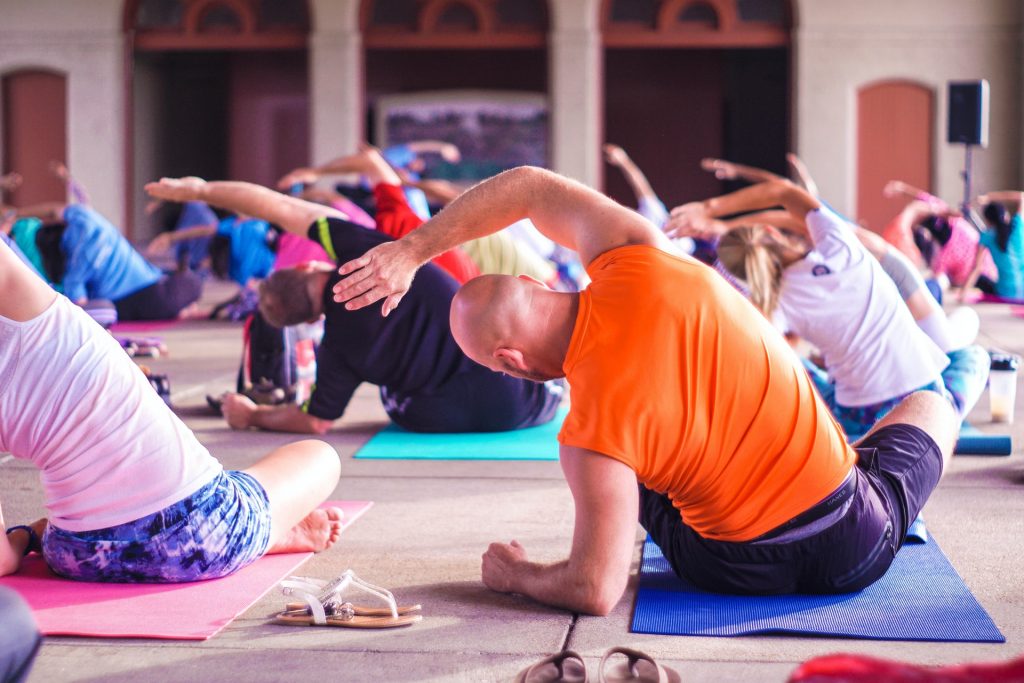For most of our lives, we have been told about the importance of eating healthily and although the accepted rules of what constitutes “healthy” have changed from decade to decade, the bottom line is always “moderation”.
As we get older, our metabolisms tend to slow down and we can’t always get away with some of the liberties we took when younger. Some medical conditions, eg. diabetes, make it necessary to eliminate certain types of food, in which case the revised diet will be on the advice of the medical practitioner.
If we adopt the 80% – 20% principle (80% healthy) we can afford some indulgences from time to time.
BMI: Although the BMI (body mass index) is normally used to determine correct weight, it isn’t totally indicative of health. For example: a body builder’s BMI may show that he is overweight, when in fact his health is very good and most of his weight is muscle mass. Whereas someone who is inactive may be in the normal BMI range, but have significantly low muscle mass.
Therefore, BMI should be used as a guideline only.
| To calculate your BMI: Divide your weight in kg by your height in metres squared. Example: weight = 65 kg; height = 1.65m (squared 1.65 x 1.65 = 2.7225) 65 (weight) divided by 2.7225 = 23.88 BMI |
Being underweight (low BMI) as we age, can be far more detrimental to our health than being overweight. There is a higher risk of bone fractures, the immune system is weakened (more susceptible to infections), a deficiency in vitamins and minerals, an increased risk of Alzheimer’s and a higher mortality risk.
Normal BMI for someone over 65 is higher than for younger people.
Below is a comparison of BMI before 65 and over 65:
| BELOW 65 | OVER 65 | |
| Underweight | < 18.5 | < 23 |
| Normal | 18.5 – 23 | 23 – 30 |
| Overweight | 25 – 30 | > 31 |
Unintended weight loss as we age is largely due to the loss of muscle mass (sarcopenia). Sarcopenia naturally begins at around the age of 30 and increases as we age. What exacerbates this loss of muscle is lack of exercise and incorrect or poor nutrition. “Yoyo dieting” is also a major contributing factor.
Often the onset and progression of arthritis results in less and less exercise and an increase in painkillers and inactivity. Due to the lack of energy being spent on activity, the appetite decreases and there is a tendency to eat easy snack type foods. All of this contributes to the escalating sarcopenia.
If you’re not improving or maintaining muscle mass, you are losing it!
Because of the escalating sarcopenia as we get older, the percentage of body fat is extremely important. It is difficult to evaluate the exact amount of muscle mass as it includes muscles in the vital organs (eg. the heart) and the muscles surrounding other internal organs. This type of muscle is essential and cannot be changed.
It is the skeletal muscle mass we need to be concerned with (the muscle surrounding bones and joints). By calculating the percentage of body fat, we can get a fairly good idea of what our muscle mass is. There is no easy way to do this and it is best to ask your doctor to evaluate your body fat percentage. There is also a variety of body fat calculators available online.

A combination of a lean, high protein diet together with cardiovascular and resistance exercising will help to improve muscle mass.
If you have become fairly (or totally) inactive over the years, it is best to begin gradually. (eg. 10 minutes a day, four times a week)
CARDIOVASCULAR: improves muscle strength, flexes the tendons, regulates blood pressure, improves bone density, increases endorphins (excellent for mental and emotional health), improves sleep. Duration and frequency is much more important than speed.
RESISTANCE EXERCISE: tones and strengthens muscles (including core muscles), improves muscle definition and increases muscle mass. If you’re disinclined to join an exercise group, you can do your own at home with a resistance band.
Overall good health is far more important than what the scale reflects. Physical, mental, emotional and spiritual vitality are all major factors.
Studies have shown that exercise and activity is better for the management of arthritis than rest and painkillers. Be realistic and listen to your body – if the pain is very bad, do not force the exercise. If the pain has brought on a bout of depression, try to do a 10 minute walk (the endorphins will help). Exercise followed by rest is better than no exercise at all.
Yoga is an outstanding choice of exercise, as it incorporates all four important factors: physical, mental, emotional and spiritual.



